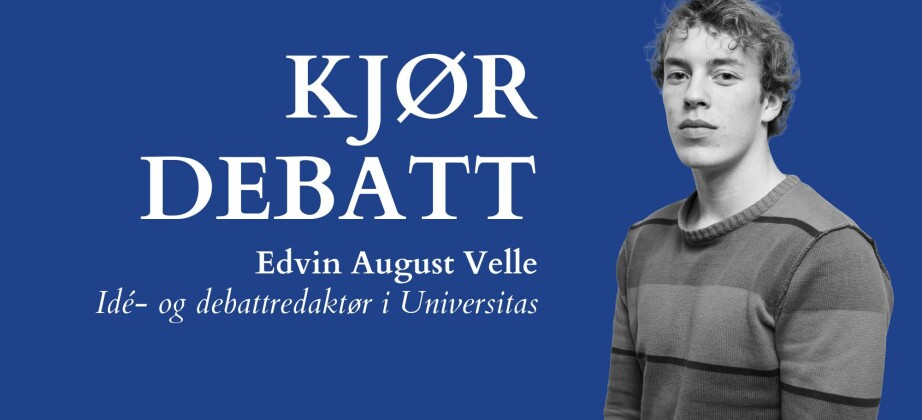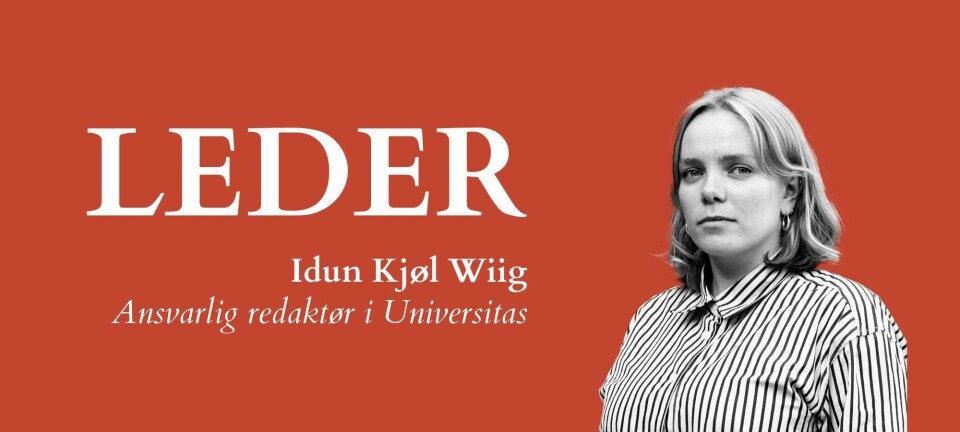
Student dialogues for peace
The International Student Festival in Trondheim has gathered 24 students from three current conflict areas in the hope of creating a network for building peace.
– No peace process exists at the present time, and therefore I am very interested in finding new ways to deal with the conflict, says Irene Agathocleous (20) from southern Cyprus. On Monday, she and the 23 others that comprise the newly founded dialogue groups for peace met in Oslo, less than two weeks before the International Student Festival in Trondheim (ISFiT) kicks off. The dialogue groups are made up of students from Georgia/ Abkhazia, Jerusalem and Cyprus – three areas that have an ongoing struggle for independence as a common denominator. During the first part of their stay, the students visited the Norwegian Parliament, where they were able to familiarize themselves with the political system in Norway.
The students here represent ethnic groups on both sides of each of the conflicts. Despite this, they are preoccupied with many of the same aspects of the difficult situation in which they find themselves.
– As a refugee, I have extensive knowledge of what it’s like to live with oppression, and I have a great deal of valuable experience that I can share, says Dato Kakava (21), who lives in Georgia.
Getting it off their chests
The students react to the way in which they are often portrayed as part of a side in a conflict. Many of them therefore feel the need to tell their own stories on the basis of their own life experiences.
– Following the news is not enough. We have to give the conflict a face and learn from one another. It is also important that history lessons should not be allowed to give a false impression of reality, says Turkish Cypriot Eylem Kanol (23), who receives clear support from several other students in this statement.
– What do your fellow students in your native country think about you taking part in a dialogue project across traditional enemy lines?
– Some do not believe that a dialogue is necessary, I suppose they think that there is no point. But hopefully we can help other students see that there is a point, replies Angela Pataray (21), from the small republic of Abkhasia, near the Black Sea.
Demanding
Leader for the dialogue groups, Ellen Rykkja Gilbert, finds it both demanding and inspiring to see different ethnic groups who are in conflict with one another come together and communicate face to face.
– Just coming here has been a challenge for many of the students. Several of them have never met anyone from the other side of the conflict.
– Yet these students would not have come here were it not for the fact that they were interested in learning and contributing, adds Thorson.
































